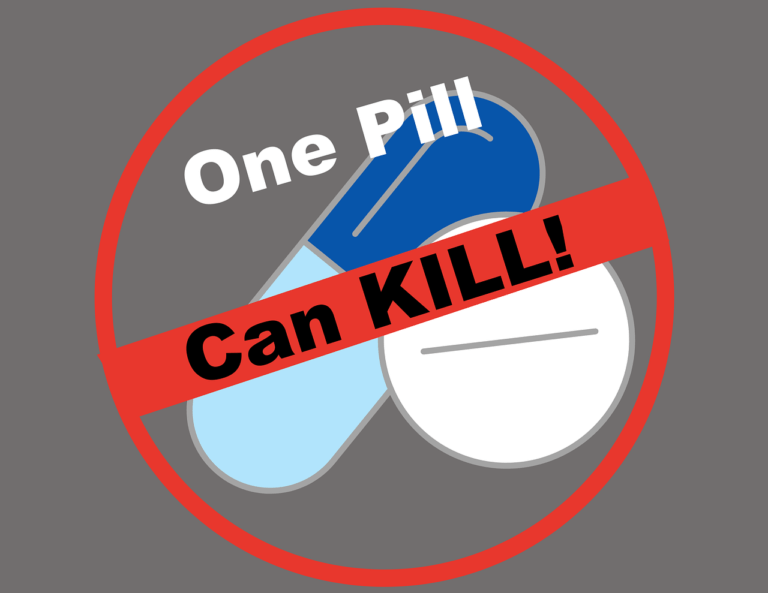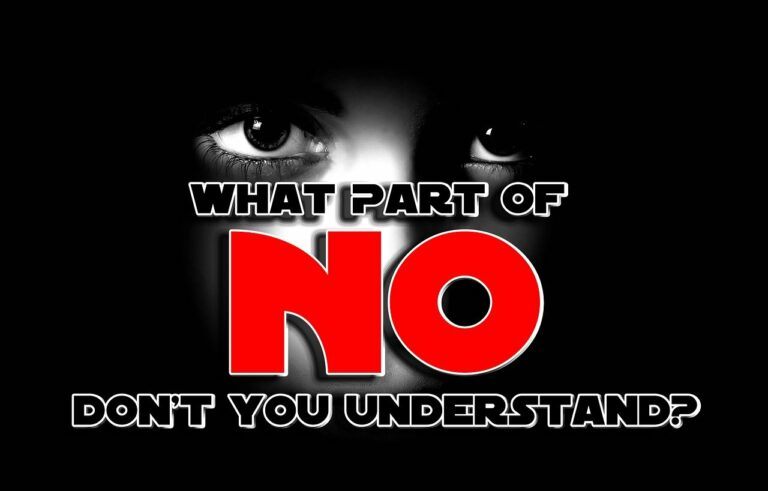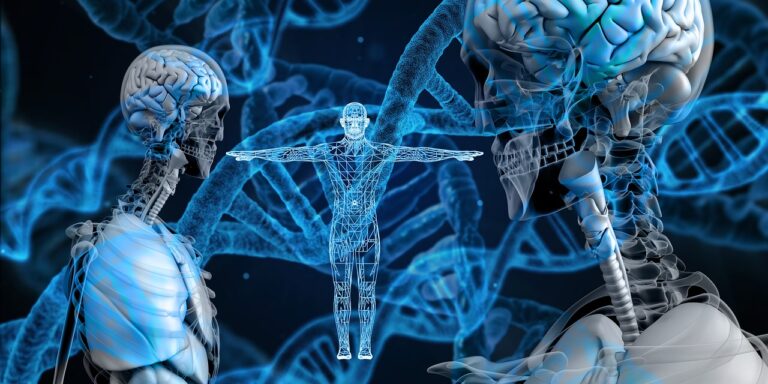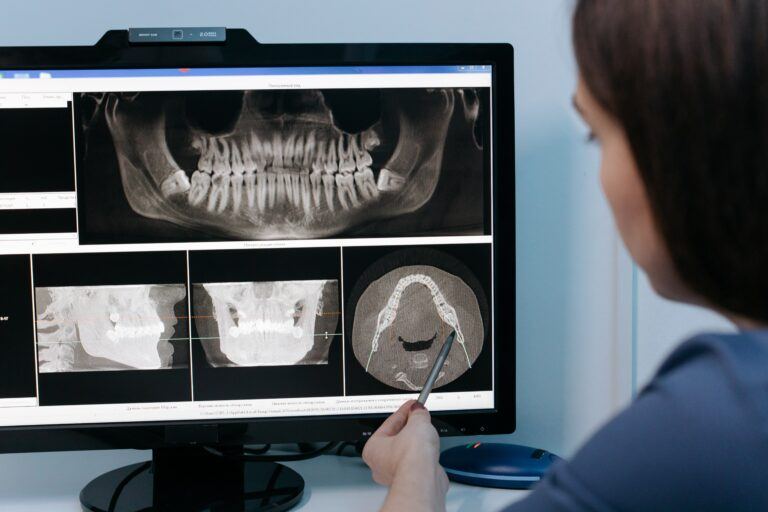Unveiling Truth: The Art and Science of Crime Scene Reconstruction
At its core, crime scene reconstruction definition is the art of putting together the puzzle presented by a crime scene by analyzing the scattered fragments of evidence, and reconstructing the sequence of events leading to the incident.
It’s like fitting together the pieces of a jigsaw puzzle, with each fragment contributing to the formation of an accurate picture. This process is a combination of science and observation that provides invaluable insights into the mysteries that unfold at the scene of a crime.
By assembling a narrative of events, crime scene reconstruction plays a diverse role. First and foremost, it serves as a map, charting the course of actions before, during, and after the crime. The timeline helps law enforcement figure out what happened, why it happened, and who was involved.
As we dive into crime scene reconstruction, we’ll explore the process of documenting a crime scene, from capturing detailed sketches to employing modern technology for three-dimensional scene reconstruction.
Crime Scene Reconstruction: Essential Elements of Scene Documentation
When a crime occurs, the scene holds clues like pieces of a puzzle. In other words, imagine you’re trying to solve a mystery by putting together a jigsaw puzzle. However, in this case, the pieces are scattered all around a place where a crime happened. This is where crime scene documentation comes into play.
In essence, think of crime scene documentation as creating a detailed map of the crime scene. Just like drawing a map to help someone find their way, investigators make sketches of the area. These sketches show where things are in relation to each other. In addition, they take measurements to make sure everything is in the right place.
But that’s not all. Photographs are taken, too. It’s like taking pictures during a vacation to remember all the cool things you saw. In this case, photographs capture the scene so that investigators can study it later. Notes are also written down to remember important details.
Each piece of information is like a puzzle piece that helps investigators see the bigger picture. It’s like solving a mystery by gathering clues and putting them in the right order.
Crime Scene Reconstruction: Microscopic Clues Unveiled:
Let’s consider an example of evidence found inside a room that might seem small but could be crucial for the investigation. This demonstrates the importance of thorough documentation and measurement of even seemingly insignificant pieces of evidence.
For instance, imagine a burglary scene in a cozy living room. At first glance, it might seem like just another break-in, but skilled investigators know that every detail counts. As they carefully comb through the room, they spot a broken vase on the floor near the window. To the untrained eye, it might appear like a simple accident, but to a crime scene investigator, it’s a piece of the puzzle waiting to be understood.
Here’s why this seemingly minor piece of evidence matters: For instance, the position of the shattered vase provides important clues. Its proximity to the window suggests a possible point of entry for the intruder. The shards of glass around the area might contain traces of fibers from the intruder’s clothing or even skin cells. This microscopic evidence could potentially link the suspect to the crime scene.
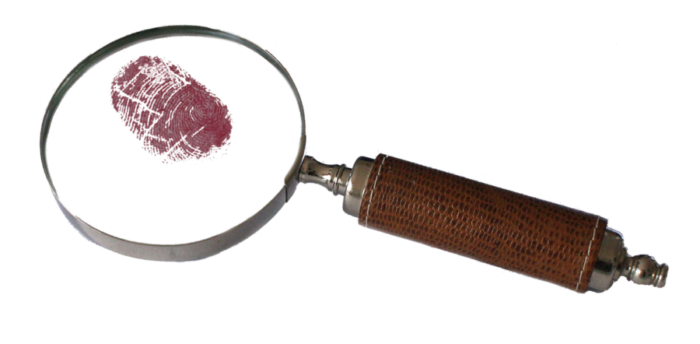
The Significance of Thorough Evidence Documentation
The investigator measures the distance from the window, marks the position of the vase on their sketch, and takes detailed photographs from multiple angles. They also carefully collect a sample of the glass fragments, making sure to follow proper procedures to preserve any potential DNA evidence.
Days or weeks later, when the investigators are analyzing the evidence, they might find a match between the fibers found on the glass and a suspect’s clothing. This seemingly insignificant broken vase has now become a crucial link in the chain of evidence that connects the suspect to the scene of the crime.
This example underscores the significance of documentation and measurement of even the smallest evidence. Crime scene investigators must understand that seemingly insignificant items can hold the key to solving a case. By capturing every detail, no matter how small, they ensure that no stone is left unturned in their quest for the truth.
Crime Scene Reconstruction: 3D Scene Reconstruction
You’ve probably seen crime scenes in movies or TV shows depicted as flat photographs. However, what if you could step into that scene, walk around, and see it from all angles? This is where 3D scene reconstruction comes in, like creating a virtual crime scene that investigators can explore.
Imagine you’re solving a puzzle, but instead of just seeing the pieces on a table, you can hold each piece and examine it closely. That’s the idea behind 3D scene reconstruction. It lets investigators create a digital version of the crime scene, complete with accurate measurements and details. This virtual scene acts like a time machine, allowing them to revisit the scene whenever they need to.
So how does it work? Specialized software takes all the information gathered at the crime scene – the measurements, photographs, sketches, and more – and turns it into a digital replica. It’s like building a detailed model of the crime scene on a computer. This model can be explored from every angle, giving investigators a whole new perspective.
The Transformative Power of 3D Scene Reconstruction
3D scene reconstruction is a game-changer for investigations. It helps answer questions like, “Could the suspect have reached that window?” or “Was there enough space for someone to hide behind that door?” Investigators can test different scenarios and see if they match the evidence. In other words, it’s like being able to walk through the crime scene without actually being there.
For example, imagine a bank robbery. Using 3D reconstruction, investigators can recreate the bank layout, the position of security cameras, and even the movements of suspects and hostages. This helps them understand how the events unfolded and make sense of the chaos. It’s like turning back time to witness the crime as it happened.
The impact of 3D crime scene reconstruction extends beyond solving crimes. It’s also a valuable tool in courtrooms. Jurors can see a virtual crime scene, making complex details easier to understand. In other words, it’s like bringing the crime scene reconstruction into the courtroom, making the evidence more compelling.
As we move on, we’ll explore how 3D crime scene reconstruction transforms crime scene investigation. We’ll see how this technology bridges the gap between the physical evidence, the investigator’s imagination, and the mysteries hidden within a crime scene.
Crime Scene Reconstruction: Documentation of a Crime Scene
Now that we’ve explored the power of 3D crime scene reconstruction, let’s journey back to the basics of crime scene investigation. The process begins with an approach to documenting every detail, ensuring that no piece of the puzzle goes unnoticed.
Initial Scene Assessment
Before anything else, investigators secure the crime scene. This is like locking the door to a room to prevent anyone from disturbing the evidence. Once secured, the preliminary documentation phase kicks in. This involves capturing the scene as it is before anything changes. Think of it like freezing a moment in time.
Thorough Photography and Sketching
Photographs are like snapshots of the crime scene. They capture everything, from the big picture to the tiniest details. Investigators take wide shots to show the overall scene, medium shots to highlight specific areas, and close-ups to capture individual pieces of evidence. It’s like creating a visual archive of the crime scene.
Sketching is equally vital. Just as an artist outlines a drawing before adding details, investigators create sketches that show the layout of the scene. Measurements are meticulously recorded, acting as reference points in the reconstruction process. This step-by-step documentation ensures that every aspect is accounted for.
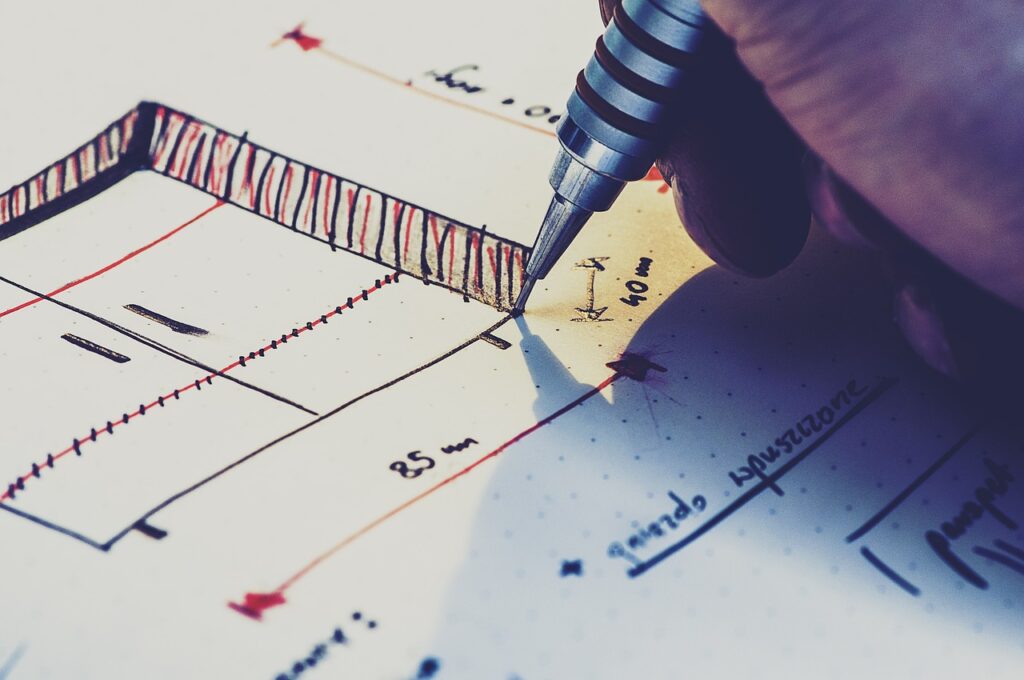
Collecting Physical Evidence
Next, investigators collect physical evidence. It’s like gathering clues in a treasure hunt. Whether it’s a weapon, clothing, or fingerprints, each piece could hold vital information. It’s important to handle and package evidence carefully to prevent contamination. This is where plastic bags, paper envelopes, and other specialized containers come into play.
Recording and Preserving Notes
Throughout the process, detailed notes are taken. These notes are like a detective’s diary, documenting observations, thoughts, and actions. They’re a record of the investigator’s journey through the crime scene. From the condition of the room to the placement of items, nothing is too insignificant to note down.
As we transition into the next section, keep in mind that this detailed documentation is the foundation of crime scene reconstruction. It’s like assembling a puzzle – each photograph, sketch, measurement, and note is a crucial piece that contributes to the bigger picture. So, let’s move on and explore the myths and realities of crime scene investigation, and how they intersect with this methodical process.
Crime Scene Reconstruction: Debunking CSI Myths:
Crime scene investigation often takes the spotlight in movies and TV shows, but how accurate are these portrayals? Let’s separate fact from fiction as we delve into the myths and realities of crime scene investigation.
The Myth of “Enhance”: Reality Check
In many shows, investigators magically “enhance” blurry images to reveal crucial details. But in reality, enhancing images isn’t that simple. It’s not like turning an unclear photo into a crystal-clear picture. While software can improve some details, it can’t create information that wasn’t there to begin with. So, the next time you see this on TV, remember that it’s more fiction than reality.
Investigation Timelines: Slow and Steady Wins the Race
TV shows often compress investigation timelines for dramatic effect. However, real crime scene investigation is methodical and time-consuming. It’s not about solving everything in an hour; it’s about collecting and analyzing evidence over days, weeks, or even months. Patience and thoroughness are key.
Solving Crimes Solo: Teamwork Makes the Dream Work
In fictional portrayals, one super-private detective often cracks the case single-handedly. However, in reality, crime scene investigation is a collaborative effort. Investigators work alongside forensic experts, detectives, and legal professionals. Each brings their expertise to the table, like pieces of a puzzle that fit together to reveal the bigger picture.
The Reality of “One Size Fits All” Techniques
TV shows sometimes depict a single technique for solving every crime. However, in real life, every crime scene is unique. Techniques vary based on the nature of the crime and the evidence at hand. It’s not a cookie-cutter approach; it’s about tailoring the investigation to the specifics of each case.
Crime scene investigation is anything but the instant solutions often seen on screen. It’s a process that involves patience, teamwork, and careful analysis. Real investigators don’t solve crimes in a single moment; they unravel the truth through persistent dedication to detail.
As we transition to the next section, keep in mind that dispelling these myths is important to understand the true nature of crime scene reconstruction. It’s about embracing the reality of investigation while appreciating the dedication and expertise that investigators bring to the table.
Technological Revolution in Crime Scene Investigation
In the world of crime scene investigation, technology isn’t just a tool; it’s a game-changer that’s reshaping how investigators uncover the truth. Let’s get into the transformative impact of technology on modern crime scene investigation.
Drones: Eyes in the Sky
Imagine having a bird’s-eye view of a crime scene without leaving the ground. That’s where drones come in. These unmanned aerial vehicles provide a unique perspective, capturing images and videos from above. Drones can quickly survey large areas, creating a comprehensive visual record that aids in crime scene reconstruction. It’s like having a silent witness that hovers above, revealing details that might otherwise be missed.

LIDAR: Laser Precision
LIDAR (Light Detection and Ranging) is like a high-tech measuring tape. It uses laser beams to create detailed 3D maps of crime scenes. This technology measures distances with incredible accuracy, capturing even the tiniest details. It’s like a virtual replica of the scene, complete with precise measurements. This not only enhances accuracy but also expedites analysis, saving valuable time during investigations.
Advanced Imaging: Revealing the Unseen
Technology has the power to reveal what the naked eye can’t see. Ultraviolet (UV) and infrared (IR) imaging are like detective tools that uncover hidden evidence. Bloodstains, fingerprints, and other crucial details might be invisible to us, but these imaging techniques bring them into focus. It’s like shining a special light that reveals a hidden world of clues.
Forensic Analysis Software: Turning Data into Insight
Investigative software is a digital ally that streamlines analysis. Imagine having a vast database of information at your fingertips. Forensic analysis software helps match fingerprints, DNA profiles, and other evidence across multiple cases. It’s like connecting the dots effortlessly, revealing links that might otherwise go unnoticed.
Real-time Communication: Instant Collaboration
Technology breaks down physical barriers, enabling instant collaboration among experts. Imagine a scenario where forensic experts analyze evidence remotely while communicating in real-time. This streamlined approach allows for quicker decision-making and expert insights, even if the experts are miles apart.
As we move to the next section, remember that technology isn’t replacing human expertise; it’s enhancing it. The marriage of technology and investigation is guiding a new era of precision and efficiency, revolutionizing how investigators approach crime scene reconstruction.
Next, we’ll explore real case studies that highlight how this evolving landscape is transforming the way crimes are solved.
Crime Scene Reconstruction: Unraveling Complex Crime Scenes
Now that we’ve examined the technological advancements shaping crime scene reconstruction, let’s journey into real-world scenarios where these tools and methodologies have made an impact. These case studies exemplify how crime scene reconstruction can unlock the truth behind even the most baffling criminal events.
Imagine a homicide scene – a web of events and emotions. In such cases, crime scene reconstruction is like reconstructing a shattered vase. Every bloodstain, bullet trajectory, and piece of evidence contributes to the narrative.
Advanced imaging tools reveal hidden details, while 3D reconstruction allows investigators to virtually step into the scene. This approach often unveils critical insights. This enables investigators to understand how life was tragically taken and who might be responsible.
Fires can obliterate evidence, but they also leave behind puzzling clues. Arson investigations are like untangling a mystery within ashes. LIDAR technology, with its ability to capture precise 3D models, becomes a crucial tool. It helps investigators understand the fire’s path, origin, and the intensity of its impact. By combining these insights with meticulous documentation, investigators can recreate the inferno’s path and uncover its cause.
Crime Scene Reconstruction: Cold Cases Cracked
Imagine a forgotten case suddenly coming to life. Cold cases, sometimes dormant for years, gain a new lease on the investigation. Technological advancements breathe fresh air into these cases.
DNA evidence might not have been useful decades ago, but today, it’s a powerful tool. Forensic databases connect the dots, matching profiles and offering leads that were previously unattainable. In these cases, crime scene reconstruction isn’t just about solving a crime; it’s about giving closure to families and delivering justice long overdue.
Solving complex cases shows how crime scene reconstruction can change the course of an investigation. It’s like turning a blurry image into sharp focus. By harnessing technology, documentation, and collaborative expertise, investigators not only solve crimes. But also provide answers to questions that have haunted communities for years. These case studies illuminate the evolving landscape of crime scene reconstruction.
As we move forward, we’ll dive into the tools and equipment that investigators rely on to piece together these complex puzzles. From cameras that capture every detail to specialized instruments that illuminate hidden evidence, these tools are the unsung heroes of crime scene reconstruction.
Crime Scene Reconstruction: Tools and Equipment
Behind the scenes of crime scene reconstruction lies an array of tools and equipment that transform crime scene investigations. Let’s probe into the essential instruments that investigators have to capture every detail and unveil the secrets of a crime scene.
Photography Equipment: Capturing Every Angle
Photographs are like windows into the crime scene, freezing moments in time. Cameras become the investigator’s eyes, capturing details that might go unnoticed. Wide-angle lenses give a comprehensive view, while macro lenses focus on tiny evidence.
These photographs are like pieces of a puzzle that fit together to reveal the bigger picture. Just as a detective might examine a clue from different angles, cameras document the scene from all perspectives.
Measuring Tools: Preserving Proportions
Imagine recreating a crime scene in a court of law. Accurate measurements are crucial for presenting evidence convincingly. Tools like measuring tapes and laser rangefinders ensure that distances, dimensions, and proportions are precise. Just as a carpenter needs accurate measurements to build, investigators rely on these tools to construct an accurate representation of the crime scene.
Forensic Lights: Illuminating the Invisible
Some evidence is invisible to the naked eye. This is where forensic lights come in. Ultraviolet (UV) and alternate light sources reveal hidden traces like fingerprints, bodily fluids, and fibers. It’s like shining a spotlight on the unseen, unveiling a world of secrets that might have otherwise remained obscured.
Evidence Collection Kits: Safeguarding Clues
Collecting evidence requires precision and care. Evidence collection kits are like specialized toolkits for investigators. These kits contain various containers, gloves, tweezers, and swabs. This is everything needed to collect and preserve different types of evidence. Just as a scientist collects specimens, investigators gather clues that hold the key to solving the puzzle.
Markers and Labels: Organizing Chaos
Crime scenes can be chaotic, with evidence scattered everywhere. Markers and labels are like signposts that guide investigators through the scene. They mark the position of evidence, ensuring that nothing is moved or disturbed. This approach ensures that every piece of the puzzle is correctly placed.
The Craftsmanship of Investigation
Transitioning from the tools to their application highlights the craftsmanship of investigation. Each tool is like a brushstroke on a canvas, contributing to the final masterpiece. The investigator’s expertise, combined with these instruments, creates a narrative that speaks volumes about the crime.
As we transition into the next section, keep in mind that these tools are the backbone of crime scene reconstruction, enabling investigators to uncover truths hidden within the details. Let’s explore the horizon of future technologies and the potential challenges that lie ahead in the realm of crime scene reconstruction.
Crime Scene Reconstruction: Future Challenges of Technology
As technology advances, so does crime scene reconstruction. The possibilities are endless, but with progress comes challenges. Let’s look ahead and see what the future holds for this field.
AI and Machine Learning: Shaping Investigations
Imagine a crime scene investigator aided by artificial intelligence (AI). Machine learning algorithms analyze patterns in data, offering insights that human eyes might miss. This could revolutionize evidence analysis, speeding up investigations and uncovering hidden connections. Just as a detective learns from experience, AI learns from data, becoming an ever-evolving partner in solving crimes.
While technology accelerates investigations, it also poses a question: How much automation is too much? Striking the right balance between technology and human expertise is essential. After all, crime scene reconstruction isn’t just about data; it’s about intuition, creativity, and the ability to connect the dots. Future investigators might find themselves collaborating with AI, each contributing unique strengths to the investigative process.
With great power comes great responsibility. As technology advances, ethical questions arise. Imagine the ability to predict potential crimes based on data analysis. This raises concerns about privacy and individual rights. Just as investigators uphold ethical standards in their work, the integration of technology requires careful consideration of its societal impact.
Balancing Automation and Expertise
Technology offers a new realm of possibilities, but it also has limitations. Imagine relying solely on digital evidence – what if the data is compromised or tampered with? Striving for authenticity and accuracy is paramount. Investigators must be prepared to address challenges arising from the digital frontier, ensuring that technology enhances rather than detracts from the pursuit of truth.
Transitioning from today’s tools to the technological landscape of tomorrow is like entering uncharted territory. As we peer off into the future, we recognize that while technology will undoubtedly shape crime scene reconstruction, the human element remains irreplaceable.
The horizon of crime scene reconstruction is as much about embracing innovation as it is about safeguarding the core principles of justice. To wrap up this discussion, let’s explore the fields of forensic chemistry and toxicology.
Forensics Chemistry and Toxicology: Tracing Clues in Substances
Within the realm of crime scene investigation lies a world of hidden clues, waiting to be uncovered through the lens of forensics chemistry and toxicology. These fields probe into the secrets locked within substances and provide insight into the heart of criminal mysteries.
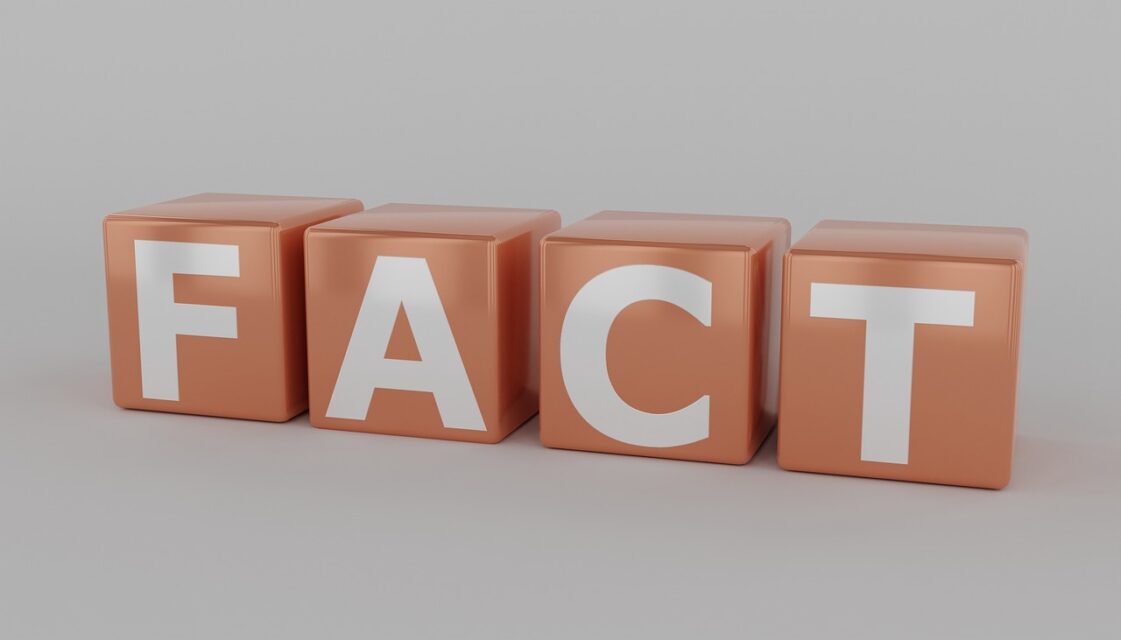
Chemical Clues: Unveiling the Unseen
Imagine a crime scene where no blood is visible, yet it’s stained with invisible clues. Forensic chemistry is like a scientific detective, identifying substances that might be missed by the naked eye. Blood, bodily fluids, and other traces are analyzed using chemical tests. Just like how potions reveal hidden truths in fantasy stories, chemical reactions can reveal concealed evidence.
Toxicology: Reading the Signs of Poison
Toxicology is like deciphering a code hidden in substances. Imagine a victim who shows no external signs of harm, yet their body holds the answer. Toxicologists analyze tissues and fluids, searching for traces of poisons or drugs. It’s like reading the history of what a person ingested or was exposed to. This information is like a puzzle piece that completes the picture of the crime.
Linking the Culprit to the Crime
Chemical and toxicological analysis aren’t just about identifying substances; they’re about connecting individuals to the scene. Imagine a suspect’s clothes stained with a victim’s blood. Chemistry can identify the blood type and DNA, linking the suspect to the crime. Just as a thread connects different parts of a story, chemical analysis weaves connections between people, places, and events.
Transitioning from crime scenes to laboratories highlights the precision of forensic chemistry and toxicology. Sophisticated instruments and techniques analyze samples down to the molecular level. It’s like zooming in on a painting to see each brushstroke. This precision is crucial; it can establish guilt or innocence, revealing truths that might otherwise remain hidden.
As we move forward, keep in mind that the world of forensic chemistry and toxicology is like a treasure trove of clues. These bridge the gap between the visible and the hidden, providing insights that can crack open cases.
Next, we’ll unravel the transformative role of DNA evidence in crime scene reconstruction, shedding light on how this silent witness holds the key to unlocking the truth.
Unraveling Secrets: DNA as the Silent Witness
In the crime scene investigation, perhaps no tool is as transformative as DNA analysis. This silent witness holds the power to confirm identities, establish connections, and ultimately unravel the most complex criminal puzzles.
The Blueprint of Identity
Imagine every living being as a book, and DNA is its unique language. DNA is like an individual’s blueprint, a code that carries the instructions for building and maintaining life. In crime scene investigation, DNA is a silent witness that can identify who was present at the scene. Just as a signature verifies the author of a document, DNA confirms the identity of the individuals involved.
Linking Suspects and Victims
DNA analysis is like connecting the dots to reveal the truth. And in the case of DNA analysis, the dots are the genetic markers that are unique to each individual. By connecting these dots, scientists can create a DNA profile that can be used to identify a person or to match a crime scene sample to a suspect.
Imagine a crime scene with traces of biological material. DNA testing can determine if it matches a suspect, victim, or someone else entirely. It’s like cross-referencing puzzle pieces to see if they fit together. This linking of individuals to the scene can provide critical insights into the unfolding events.
Cold Cases Revisited: Breathing New Life
Imagine revisiting a cold case where evidence seemed scarce. DNA evidence can reinvigorate these cases, offering a second chance for justice. Advances in technology allow investigators to extract DNA from even degraded samples. It’s like uncovering an old letter and reading its contents, revealing forgotten stories and forgotten truths.
The Voiceless Testimony
DNA is like a complex puzzle that must be deciphered. Laboratories use sophisticated techniques to extract, amplify, and analyze DNA samples. It’s like piecing together a mosaic, revealing a picture that was hidden within the fragments.
As we conclude our exploration, keep in mind that DNA evidence is like a silent witness that never lies. It can exonerate the innocent and incriminate the guilty.
Crime scene reconstruction, powered by DNA analysis, amplifies justice’s voice, ensuring that the stories told by evidence are never silenced.
Conclusion: The Art and Science of Unveiling Truth
Crime scene reconstruction is a complex and challenging process that requires a blend of scientific knowledge and artistic creativity.
At the heart of crime scene reconstruction is the unwavering pursuit of truth. It’s like following a trail of breadcrumbs that leads to the heart of a mystery. Whether solving a homicide, deciphering a cold case, or untangling the aftermath of an arson, investigators strive to reveal the truth hidden within the chaos.
Imagine a courtroom where evidence is presented like pieces of a puzzle being assembled. Crime scene reconstruction ensures that these pieces fit together seamlessly, creating a coherent narrative that leaves little room for doubt.
As technology advances, methodologies refine, and investigative techniques evolve, the landscape of crime scene reconstruction continues to transform.
In crime scene reconstruction, every piece of evidence is vital. From the initial assessment to the final analysis, every step contributes to the ultimate goal: uncovering the truth to bringing closure to victims, families, and communities, one piece of evidence at a time.

